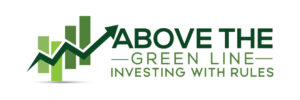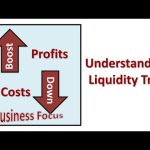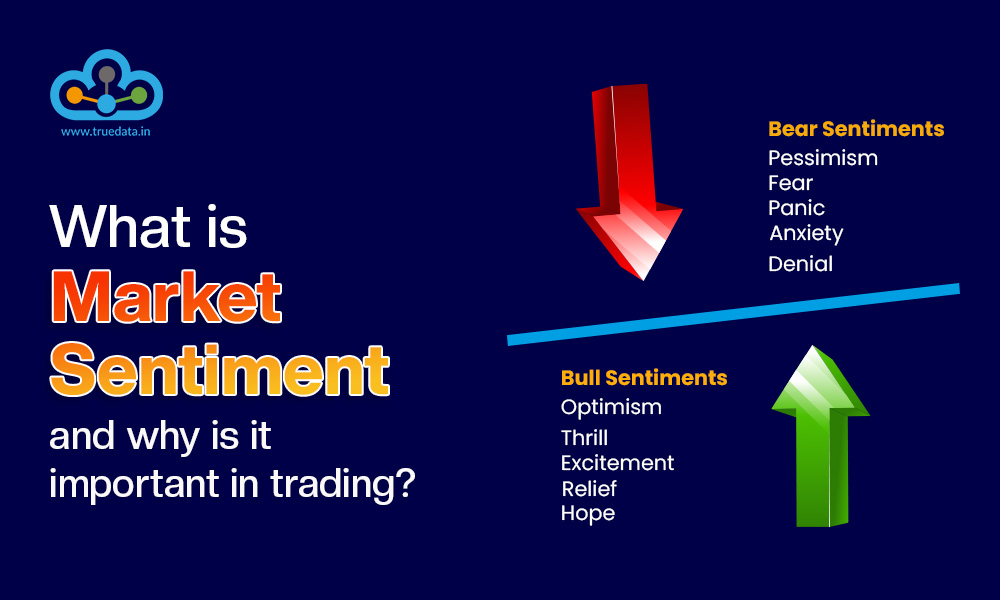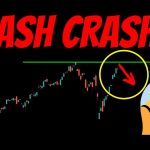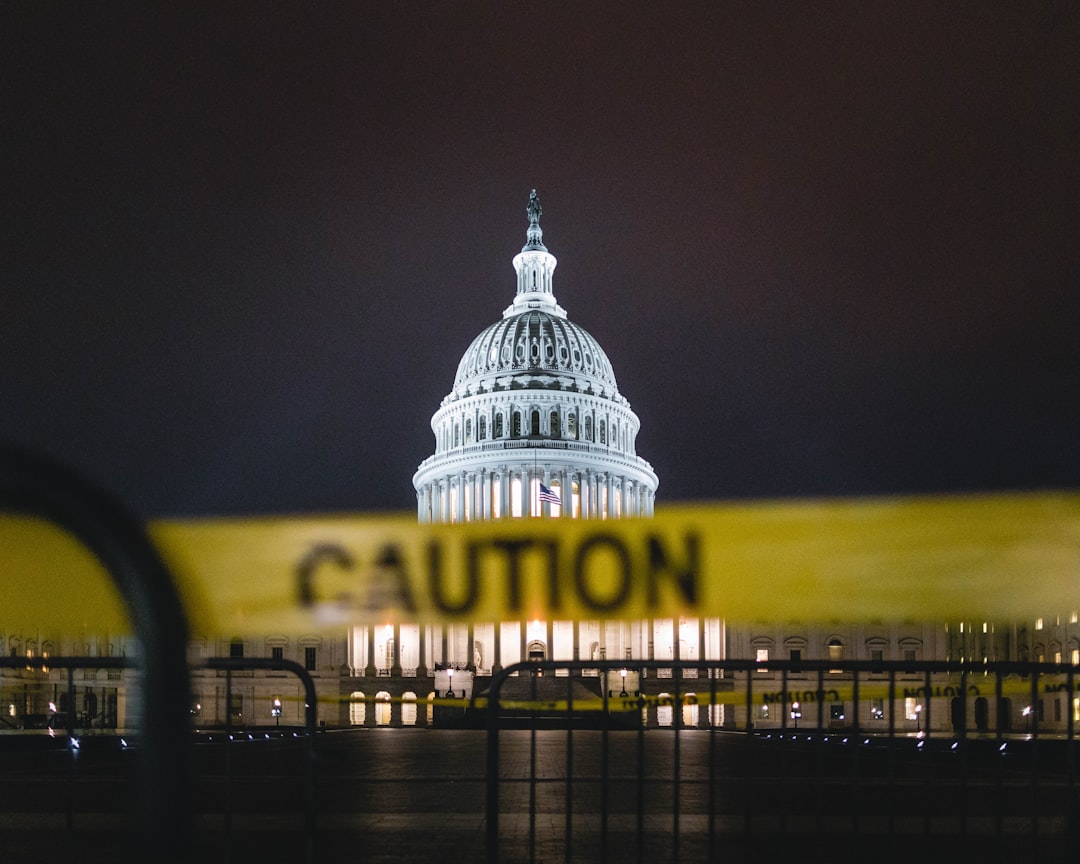
By ATGL
Updated October 20, 2025
Government shutdowns introduce uncertainty into financial markets, often triggering short-term volatility and cautious investor sentiment. When federal operations pause due to budget impasses, traders and investors face delayed economic data, shifts in risk appetite, and sector-specific disruptions that can influence portfolio performance. Understanding how these political events typically affect stock markets allows you to prepare strategies rooted in historical patterns, not speculation.
What Happens When the Government Shuts Down in the U.S.?
A government shutdown occurs when Congress fails to pass appropriations legislation or continuing resolutions to fund federal agencies and operations. During these periods, nonessential government services cease, federal employees may face furloughs or work without immediate pay, and various public services experience disruptions. Essential functions like national security, air traffic control, and Social Security payments continue, but many economic data releases, regulatory processes, and contract approvals face delays.
These shutdowns affect investor confidence by introducing uncertainty about economic policy direction and fiscal stability. When traders lack timely access to employment reports, GDP data, or other economic indicators typically published by federal agencies, market participants must make decisions with incomplete information. This data vacuum can amplify market volatility as investors react to speculation instead of verified economic trends. Additionally, reduced government spending during shutdowns can temporarily slow economic activity, creating concerns about near-term growth prospects that influence stock valuations.
Does a Government Shutdown Affect the Stock Market (and How)?
Government shutdowns do affect stock markets, primarily through reduced investor confidence, delayed economic data releases, and shifts in risk appetite. When federal operations pause, markets typically experience heightened short-term volatility as traders reassess positions amid political uncertainty. The absence of scheduled economic reports forces investors to rely on alternative indicators and private-sector data, which may not provide the same comprehensive view of economic conditions.
Historically, markets have shown resilience to shutdowns, with short-term volatility often giving way to recovery once uncertainty clears. However, the immediate effects can include increased trading volume, wider bid-ask spreads, and fluctuations in equity prices as investors adjust their risk exposure. Some traders reduce positions in anticipation of prolonged uncertainty, while others identify opportunities in oversold sectors. The psychological impact of political gridlock can influence market sentiment indicators, creating temporary dislocations between fundamental values and market prices that active traders monitor closely.
Historical Market Performance During Past Government Shutdowns
Examining how the stock market has historically behaved during and after U.S. government shutdowns reveals patterns that help you contextualize current events. The 2013 shutdown, which lasted 16 days, initially triggered concerns about economic disruption. However, the S&P 500 declined only modestly during the shutdown period and recovered quickly afterward, posting gains for the full quarter. This pattern illustrates how markets often price in political risk rapidly, then refocus on underlying economic fundamentals once resolution appears likely.
The 2018–2019 shutdown, the longest in U.S. history at 35 days, presented a more extended test of market resilience. While stocks experienced heightened volatility during this period, the broader market ultimately recovered as investors recognized that fundamental economic conditions remained relatively stable. How does a government shutdown affect the stock market in these contexts? The evidence suggests that while short-term uncertainty creates tactical trading opportunities, long-term investment trends typically depend more on corporate earnings, interest rates, and global economic conditions than on temporary political disruptions.
Analysis of multiple shutdown episodes reveals several consistent patterns. Volatility typically spikes at the onset of a shutdown as traders price in uncertainty, then gradually declines as markets adapt to the political situation. Sector performance diverges based on government exposure, with some industries facing direct impacts while others operate largely unaffected. Investor psychology during these periods often shifts toward defensive positioning, favoring stability over aggressive growth strategies until political clarity returns.
Sector Impacts of Government Shutdowns on Market Performance
Government shutdowns create uneven effects across market sectors, with some industries facing direct operational impacts while others remain largely insulated.
- Defense and Aerospace: Companies in the defense sector often experience delayed contract approvals, slower payment processing, and postponed procurement decisions during shutdowns, leading to stock price volatility despite existing contracts remaining valid.
- Consumer and Retail: Consumer confidence can decline during government shutdowns, particularly when federal employees face delayed paychecks, creating pressure on retail stocks as discretionary purchases decline temporarily.
- Utilities and Healthcare: These sectors often demonstrate defensive characteristics during shutdowns, as demand for essential services remains relatively stable regardless of political conditions, making them attractive safe havens for traders during periods of heightened uncertainty.
Financial services may experience indirect effects through delayed regulatory decisions. Technology companies generally operate with limited direct government exposure, except for contractors facing project delays similar to defense firms.
Market Sentiment, Volatility, and the Role of Risk Management
Government shutdowns heighten short-term volatility and affect risk perception across financial markets. The VIX, often called the “fear index,” typically rises during shutdown periods as options traders price in elevated near-term uncertainty, creating opportunities for traders employing options strategies while signaling heightened caution among market participants.
Technical indicators for trading become particularly valuable during these periods, helping identify whether market reactions represent genuine trend shifts or temporary dislocations. Moving averages, relative strength indicators, and volume analysis provide objective frameworks for assessing whether political uncertainty is creating fundamental changes in market structure or merely short-term noise.
Risk management takes on elevated importance when government shutdowns introduce additional uncertainty into trading decisions:
- Understanding interest rate risk in trading becomes critical, as shutdowns can influence Federal Reserve policy considerations and market expectations about monetary policy direction.
- Recognizing systematic risk helps traders distinguish between market-wide political uncertainty and company-specific factors that might warrant different strategic responses.
- Commodity trading risk management strategies also apply during shutdown periods, as political uncertainty can affect currency valuations, interest rates, and inflation expectations.
Disciplined traders establish clear position limits, maintain adequate liquidity reserves, and avoid over leveraging portfolios during periods when political outcomes remain uncertain.
Government Shutdown and the Stock Market: Key Takeaways for Traders
Historical analysis of government shutdowns reveals several important lessons for traders navigating these periodic disruptions. While shutdowns create short-term turbulence and heightened volatility, disciplined traders focus on risk management, trend confirmation, and liquidity analysis instead of emotional reactions to political headlines.
For traders seeking structured approaches to navigating market uncertainty and identifying strong sector opportunities, Above the Green Line’s membership resources provide analytical frameworks and systematic strategies designed to help investors maintain discipline during volatile market conditions.
